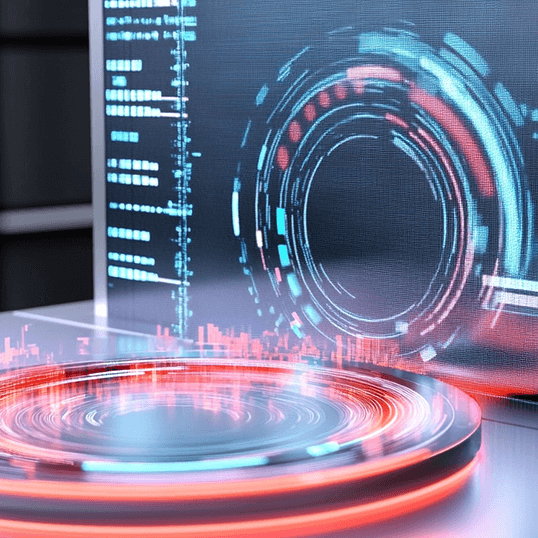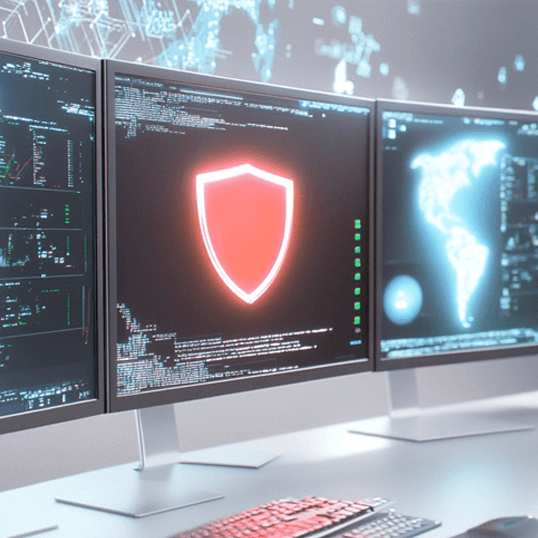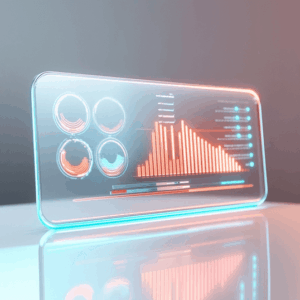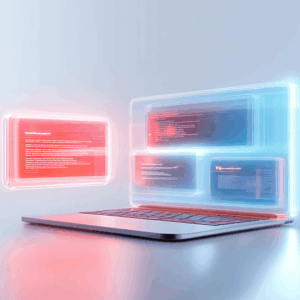The evolving landscape of threats and threat hunting
Within the realm of threat hunting, AI has presented a new set of challenges. Threat actors are now leveraging sophisticated AI tools to perpetrate more complex and evasive cyberattacks. In order to keep up with the large volume of rapidly evolving threats, organizations must enhance their defensive strategies and tools in response.
At CyberProof, our Advanced Threat Hunting team utilizes AI capabilities to power a new generation of tools that are making threat hunting processes more accurate and efficient than ever before.
The evolving role of threat hunters
Historically, threat hunting has been a human-driven process, in which hunting techniques utilize human intellect to identify threats that evade traditional security systems. With the rise of AI, this landscape is shifting. Contrary to market hype, AI tools will most likely not replace hunters. Rather, hunters will now be able to utilize AI to accelerate their own hunting capabilities, making the process more efficient.
AI-powered tools can process data at breakneck speeds, with complex queries that once took hours to process can now be analyzed in seconds. That means that the detection time of potential threats decreases exponentially. The benefits are clear: AI isn’t just a nice-to-have in the security toolbox —it’s becoming an essential component of the effort to stay ahead of threat actors.
The benefits are clear: AI isn’t just a nice-to-have in the security toolbox —it’s becoming an essential component of the effort to stay ahead of threat actors.
How AI-powered tools can optimize threat hunting workflows
Let’s explore how AI can streamline threat hunting – automating rules, analyzing scripts, and refining our response to specific threats.
-
Automatically build hunting queries to detect threats when prompted
AI tools like PandasAI Python Library can allow security teams to generate hunting queries automatically. For example, security teams can instruct the AI tool using plain English text and it will create a query, search through the data, and present any potential threats.
-
Converting hypotheses to hunting queries, and vice versa
AI-powered tools can also convert hypotheses into hunting queries, and vice versa. This capability simplifies the hunting process, translating human logic into actionable and efficient workflows.
-
Analyzing suspicious scripts
Suspicious scripts can often fly under the radar, hiding malicious content. AI has the power to conduct rapid, thorough analysis of these scripts, sifting through massive volumes of data to identify abnormalities or potential threats, note obfuscations, and even perform de-obfuscation if necessary.
-
Automating detection rules
Artificial Intelligence is set to revolutionize the way we create detection rules. Traditionally, security teams manually craft, test, and tune these rules, which can be very time-consuming. AI’s capability to transform logic steps allows this process to be almost entirely automated. Once a security analyst feeds the AI tool the logic in plain English text, the tool can identify data sources within the SIEM or EDR to produce the corresponding rule.
-
Analyze threat intelligence to identify which MITRE ATT&CK techniques threat actors are exploiting
Once a completely manual process, Generative AI tools are now able to analyze external feeds of threat intelligence to produce a summary of tactics used for threats. By identifying patterns, extracting hypothesis lists, and pinpointing malicious behavior, the tools can determine which threats necessitate an immediate response. Using these insights, security teams can fine-tune detection rules to efficiently react to specific techniques.
The value of an advanced threat hunting team in the age of AI
The rapid evolution of AI technologies is reshaping threat hunting, introducing new challenges while also offering innovative solutions. With AI-powered tools, threat hunters can now work more efficiently, increasing their ability to detect and prevent threats.
An advanced threat hunting team can make sure that AI-powered tools are working in line with your organization’s priorities, making final decisions on critical threats, and more. With the right regulations and supervision, AI tools are becoming an indispensable component of modern threat hunting.
Want to learn more about how to optimize your organization’s proactive defenses using AI-powered tools? Reach out here to speak to an expert.















